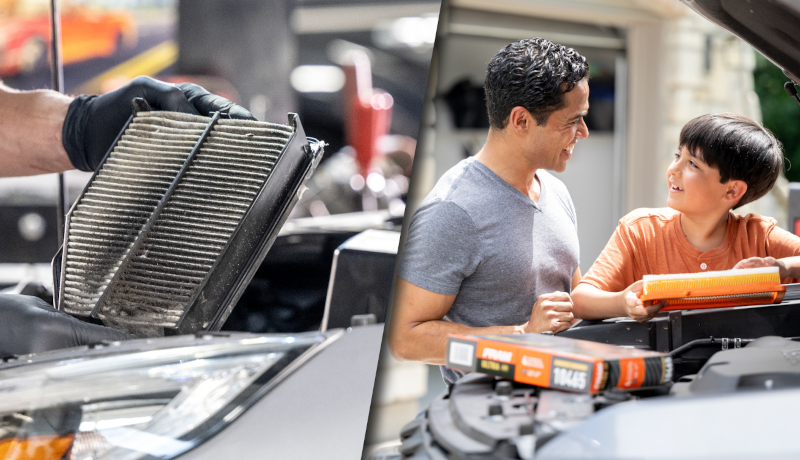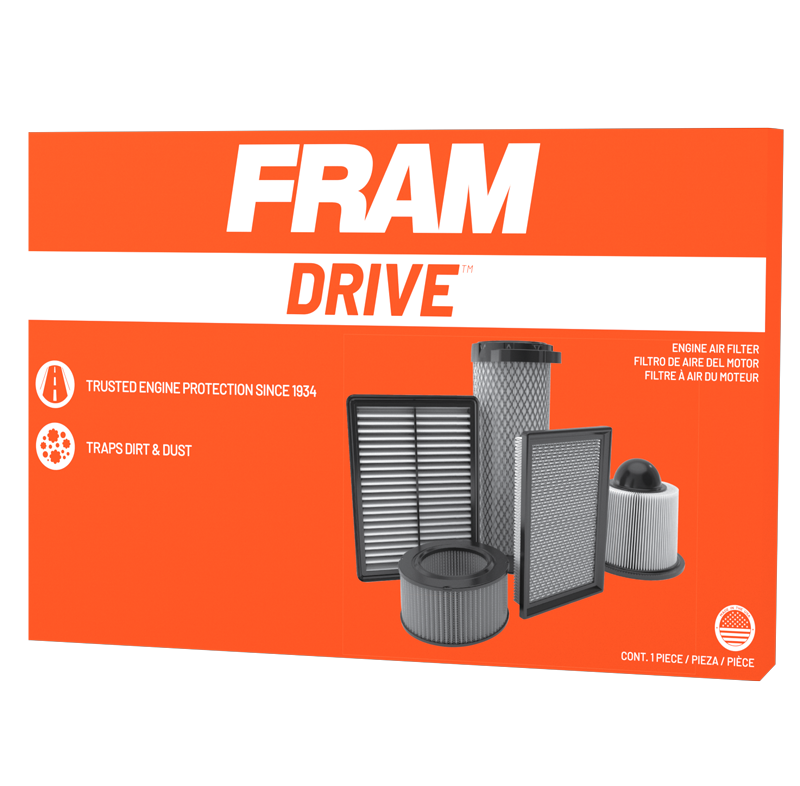


How to Change Your Car's Engine Air Filter
The engine air filter is a critical component of your car that works to clean the air of contaminants before they reach your engine. With a fresh and functional filter, your engine can breathe easy and have no problem with combustion. Drive with a contaminated filter, and you might as well be choking your car with a pillow. That’s exactly why most experts recommend changing the air filter at regular intervals. This is a pretty straightforward job that usually requires very few tools or no tools at all.
Here's how you can easily change your car's air filter.
Engine air filter installation guide
- Let the engine cool: Never start working on the engine compartment right after driving. Give it time to cool to avoid burns. Also, wear safety glasses and gloves.
- Locate the engine air filter: The engine air filter is usually located under the hood, in a rectangular box that can be opened by releasing some tabs. Some models have the air filter located on one side of the engine compartment, near the fender. Look for a black plastic box with a large hose attached to it. The air intake tube will also lead you to the air filter box. If you still have trouble finding the air filter box, consult your owner's manual.
- Remove the housing cover: Release the hooks or unscrew the housing, taking care not to apply excessive force.
- Take out the old filter: Once the cover is off, remove the old filter. Note how it sits in the housing and do the same with the new filter to ensure good airflow and filtration.
- Clean the housing: With the filter removed, it's good to clean out the dirt or debris inside the housing with a vacuum.
- Insert the new filter: Place the new air filter in the housing. It should fit snugly without having to force it. Make sure it's seated properly and that the edges aren't bent or caught. An ill-fitting filter can allow dirt and debris to enter the engine.
- Replace the housing cover: Once the new filter is in, replace the cover and make sure it's properly secured.
- Start the engine: With the hood still open, start the engine. This is to ensure that there are no warning lights and that everything sounds normal. While the engine is idling, double-check to ensure the air filter housing is seated and that there are no unusual noises, like whistling or rattling, which could indicate a poor seal.
When inspecting the old filter, you might realize it is not that dirty, and you might be drawn to put it back. We recommend avoiding that. Even if the filter doesn't appear to be heavily soiled, reusing it risks transferring pollutants and contaminants to the filter's clean side. This can compromise the filter's performance.
Benefits of regularly changing your car's air filter
Neglecting to replace your car's air filter on time can lead to a range of issues. Driving with a contaminated and clogged air filter can reduce your engine's efficiency and increase fuel consumption. By regularly changing your car's air filter, you maintain good airflow to the engine, which can increase fuel efficiency, optimize emissions, and extend engine life. Most manufacturers recommend changing standard air filters every 12,000 to 15,000 miles, or more often if you drive in dusty conditions.
Learn more about engine air filters and find the best filtration solution for your car
Questions? We're here to help. Reach out the FRAM specialists for product and maintenance support.
VIEW FRAM PRODUCTS
SEARCH







